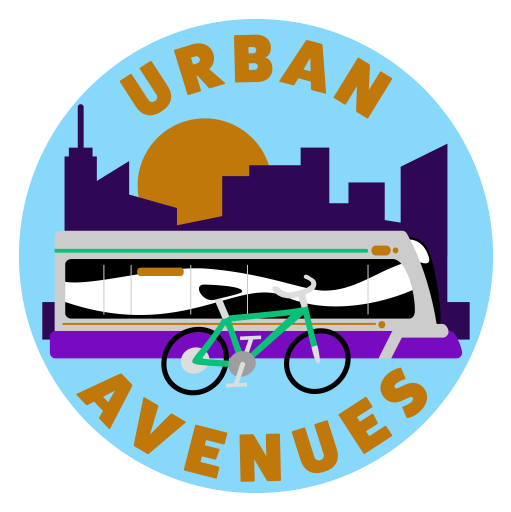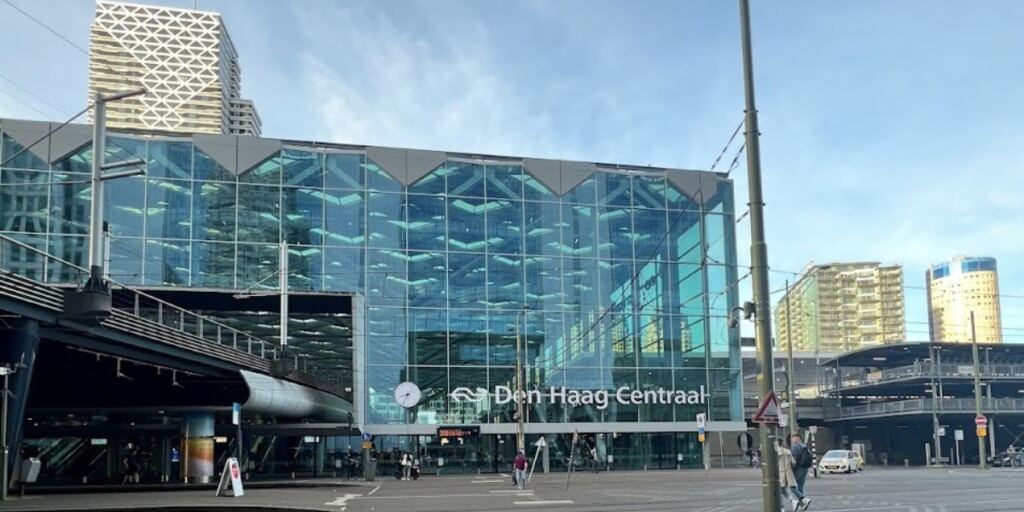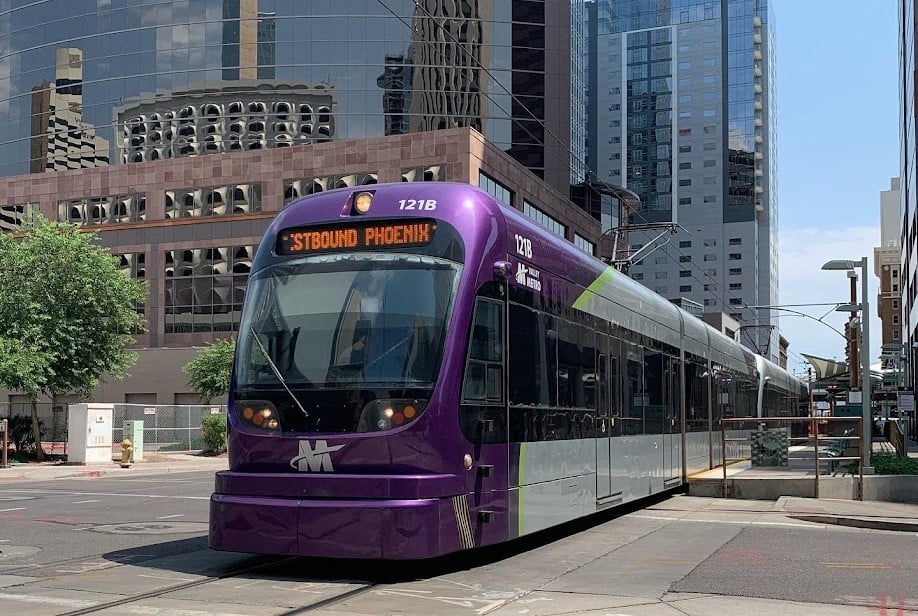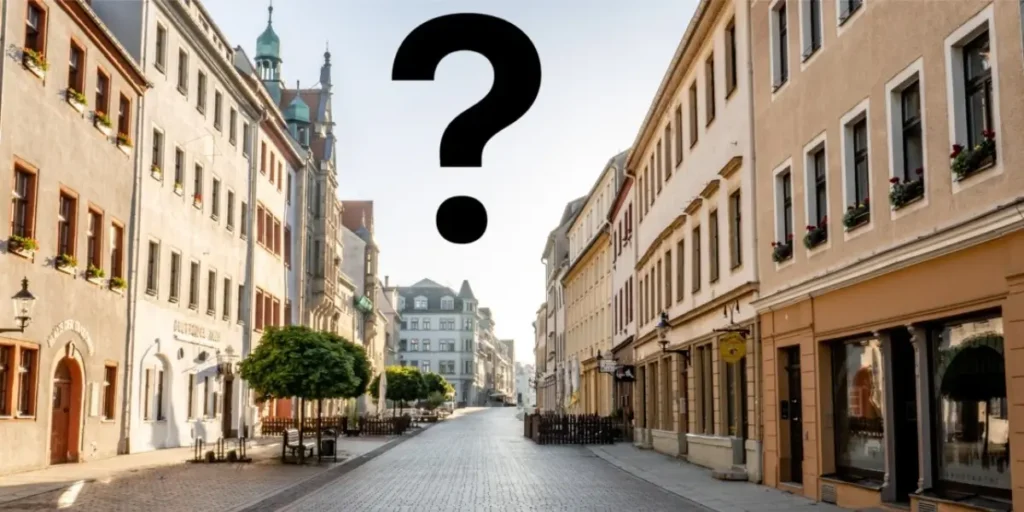Have you ever heard the term Transit-Oriented Development (TOD) and wondered what it means? Welcome to another installment of Urbanism Declassified – your go-to guide for breaking down urbanism concepts into easily digestible content.
What Is Transit-Oriented Development?
Transit-Oriented Development, or TOD, is a type of urban development designed to maximize the amount of residential, business, and leisure space within walking distance of public transport. Transit-Oriented Development aims to create walkable, vibrant, and sustainable communities with easy access to public transit. Getting majority of your basic goods and services without having to use or depend on a car.
Think of TOD as a strategy to make cities more livable by placing everything you need – from your home to your workplace, to shops and recreational areas – just a short walk or transit ride away. It’s about creating urban spaces that are convenient, connected, and environmentally friendly. Imagine stepping out of your home and finding a café, a park, and a transit station all within a few minutes’ walk. That’s the essence of TOD.
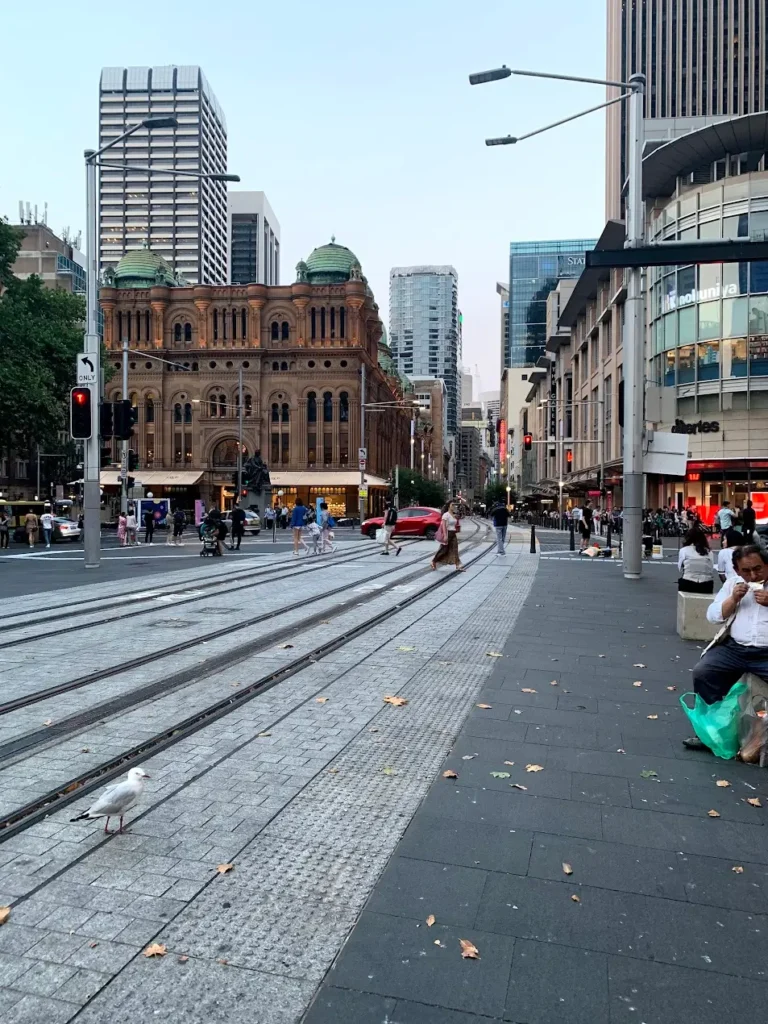
Why Does Transit-Oriented Development Matter?
Transit-Oriented Development addresses several critical issues facing cities, such as traffic congestion, pollution, and urban sprawl. By focusing development around transit hubs, Transit-Oriented Development encourages people to use public transportation, reduces the need for car travel, and helps create more livable, efficient urban spaces. Here’s why Transit-Oriented Development is so important:
Environmental Impact
One of the biggest benefits of Transit-Oriented Development is its positive impact on the environment. By reducing the number of car trips, Transit-Oriented Development helps lower greenhouse gas emissions, leading to cleaner air and a smaller carbon footprint. This is crucial in the long-term sustainability of our communities and in promoting healthier urban environments. For more information on the environmental benefits of Transit-Oriented Development, check out the Environmental Protection Agency’s page on Transit-Oriented Development.
Additionally, Transit-Oriented Development reduces urban sprawl, which means less encroachment into wildlife habitats and natural areas. By utilizing infill developments in existing urban areas, we can help preserve ecosystems and prevent the displacement of wildlife. This approach supports biodiversity and ensures that natural landscapes remain intact for future generations.
Economic Growth
Transit-Oriented Development can significantly boost local economies by attracting businesses and creating jobs. By encouraging mixed-use development, where commercial and residential spaces coexist, Transit-Oriented Development fosters vibrant, economically thriving neighborhoods. Imagine living in a community where you can walk to a variety of shops, restaurants, and services, all thriving thanks to the foot traffic generated by Transit-Oriented Development.
In Transit-Oriented Development areas, businesses benefit from increased foot traffic and customer base, while residents enjoy the convenience of having essential services within walking distance. This synergy between commerce and community not only boosts local commerce but also increases property values and tax revenues, which can be reinvested into further improving the area.
Moreover, Transit-Oriented Development projects often attract investments in infrastructure and development, leading to job creation during the construction phase and beyond. This continuous economic activity can help stabilize and grow local economies, making them more resilient to economic fluctuations.
Small businesses, in particular, thrive in Transit-Oriented Development environments. With more foot traffic and easy pedestrian access, local shops and eateries can flourish. Shopping locally not only supports these small businesses but also contributes to keeping the local tax money to stay in the city. The increased tax revenues from successful small businesses can be reinvested into the community, funding public services, and infrastructure improvements that benefit everyone.
Social Equity
Improving access to public transportation ensures that all residents, regardless of income, have affordable and convenient options for commuting, shopping, and social activities. Transit-Oriented Development projects often include affordable housing options, senior housing, helping to address housing inequality and promote social inclusivity.
In Transit-Oriented Development communities, lower-income residents benefit from reduced transportation costs, as they can rely on public transit instead of owning and maintaining a car. This increased access to affordable transportation can open up job opportunities and enable better access to education and healthcare services.
Furthermore, Transit-Oriented Development can help bridge the gap between different socio-economic groups by creating mixed-income neighborhoods. These neighborhoods encourage social interaction and community engagement across diverse populations, fostering a sense of belonging and mutual support.
Another crucial aspect of Transit-Oriented Development is the emphasis on universal design and accessibility. Ensuring that public transit and surrounding infrastructure are accessible to individuals with disabilities, the elderly, and other vulnerable populations is essential for promoting equity and inclusivity.
Health Benefits
Walkable neighborhoods promote physical activity, leading to healthier lifestyles. In Transit-Oriented Development areas, residents are more likely to walk or bike to their destinations, which can significantly improve cardiovascular health, reduce obesity rates, and enhance overall well-being. Additionally, the reduction in car usage means less air pollution, which contributes to better respiratory health for the community.
Reduced traffic congestion also means safer streets for pedestrians and cyclists. Fewer cars on the road lower the risk of traffic accidents, making urban areas more inviting for walking and cycling. This increased safety can encourage more people to adopt active transportation modes, further enhancing public health.
Green spaces and public parks are often integral components of Transit-Oriented Development projects. These areas provide residents with opportunities for recreation, relaxation, and social interaction. Access to parks and natural environments has been shown to reduce stress, improve mental health, and promote a sense of community.
Furthermore, Transit-Oriented Development encourages the development of health-oriented amenities, such as farmers’ markets, community gardens, and fitness centers, all within easy reach. These facilities support healthy eating and active living, contributing to a higher quality of life.
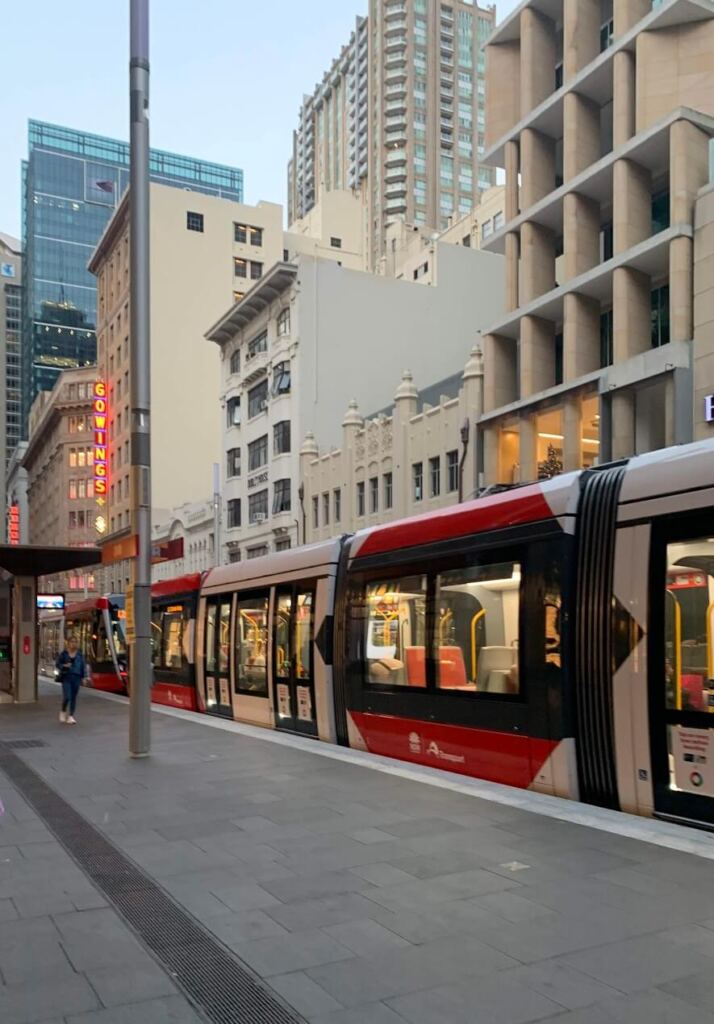
Key Components of Transit-Oriented Development
Successful Transit-Oriented Development projects share several common components that contribute to their effectiveness and appeal. Here are some of the key elements:
- Proximity to Transit: The heart of any Transit-Oriented Development is its close proximity to a major transit hub, such as a train station, light rail, or bus rapid transit (BRT) stop. Ideally, everything within a Transit-Oriented Development is within a 10-minute walk of transit. This ensures that residents and visitors can easily access public transportation for their daily commutes and activities.
- Mixed-Use Development: Transit-Oriented Developments integrate residential, commercial, and recreational spaces, creating a dynamic environment where people can live, work, and play without needing a car. Mixed-use development fosters a sense of community and reduces the need for long commutes, contributing to a more balanced and enjoyable urban life. This mix of uses makes neighborhoods more vibrant and less dependent on cars.
- Pedestrian-Friendly Design: Streetscapes in TOD areas are designed to prioritize pedestrians and cyclists. Wide sidewalks, bike lanes, and safe crossings are essential features. Pedestrian-friendly design enhances the safety and comfort of walking and cycling, encouraging more people to choose these modes of transportation. Features such as traffic calming measures, street furniture, adequate lighting, and sometimes pedestrian scrambles to contribute to a pleasant pedestrian environment.
- High-Density Development: TOD encourages higher-density development to make efficient use of land and support a larger population within a compact area. This density supports the viability of public transit and local businesses. High-density development also helps preserve open spaces and natural areas by reducing urban sprawl. It creates more efficient urban forms that are sustainable and livable.
- Public Spaces: TOD projects often include parks, plazas, and community spaces that provide residents with places to gather, relax, and engage with their neighbors. These public spaces enhance the quality of life and foster a sense of community. Well-designed public spaces can become focal points of the community, promoting social interaction and civic engagement.
The Planning Process for Transit-Oriented Development
The planning process for TOD involves several stages, each requiring careful consideration and collaboration among various stakeholders, including urban planners, developers, transit authorities, and community members. Here’s a closer look at the planning process:
- Site Selection: Choosing the right location for a TOD project is critical. Planners look for sites that are within walking distance of existing or planned transit hubs. Factors such as current land use, accessibility, potential for growth, and the needs of the community are considered. The goal is to select sites that will maximize the benefits of TOD for both residents and businesses.
- Community Engagement: Engaging with the community is essential for the success of a TOD project. Planners hold public meetings, workshops, and surveys to gather input from residents and stakeholders. Community engagement helps ensure that the project meets the needs and preferences of those who will be most affected by it. It also fosters a sense of ownership and support for the project, which can be crucial for its long-term success.
- Design and Zoning: The design phase involves creating detailed plans for the development, including the layout of buildings, streets, and public spaces. Zoning regulations may need to be adjusted to allow for higher-density development and mixed-use buildings. Planners work with local authorities to obtain the necessary approvals and permits. Design considerations include aesthetics, functionality, and sustainability to create a cohesive and attractive environment.
- Implementation and Construction: Once the plans are approved, the implementation phase begins. This includes securing funding, selecting contractors, and starting construction. Throughout this phase, planners and developers must coordinate closely to ensure that the project stays on schedule and within budget. Effective project management and transparent communication are key to navigating this complex phase successfully.
- Monitoring and Evaluation: After the TOD project is completed, ongoing monitoring and evaluation are necessary to assess its impact and success. Planners track key metrics such as transit ridership, economic activity, housing affordability, and community satisfaction. This data helps inform future TOD projects and improvements, ensuring that lessons learned are applied to enhance future developments.
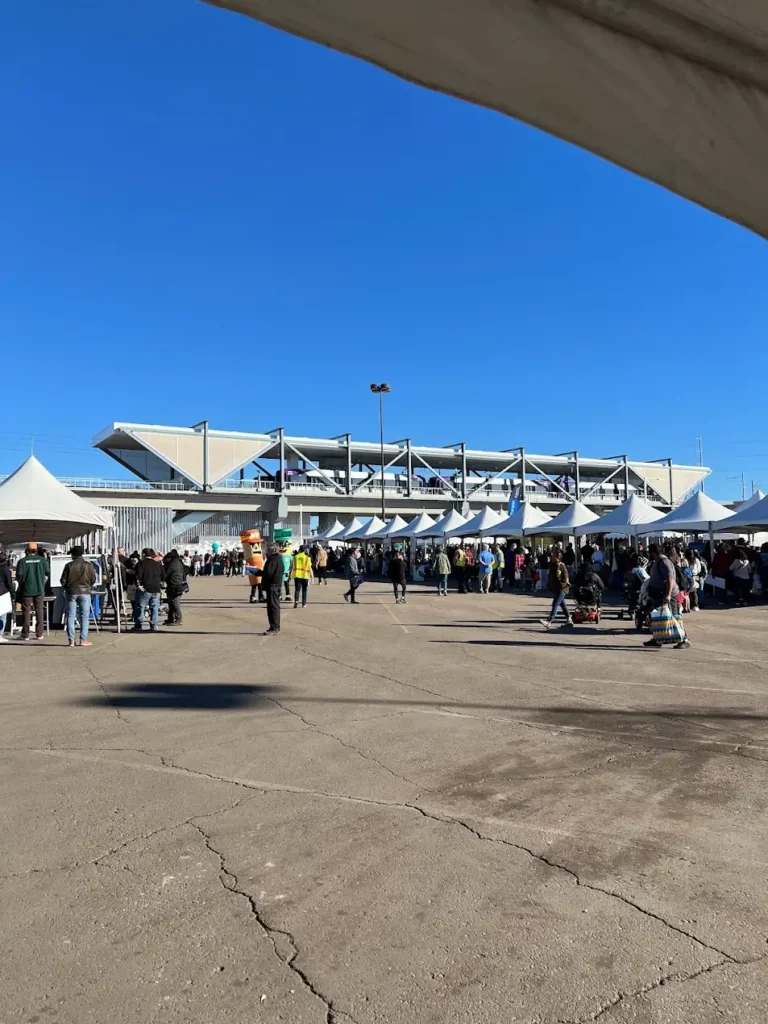
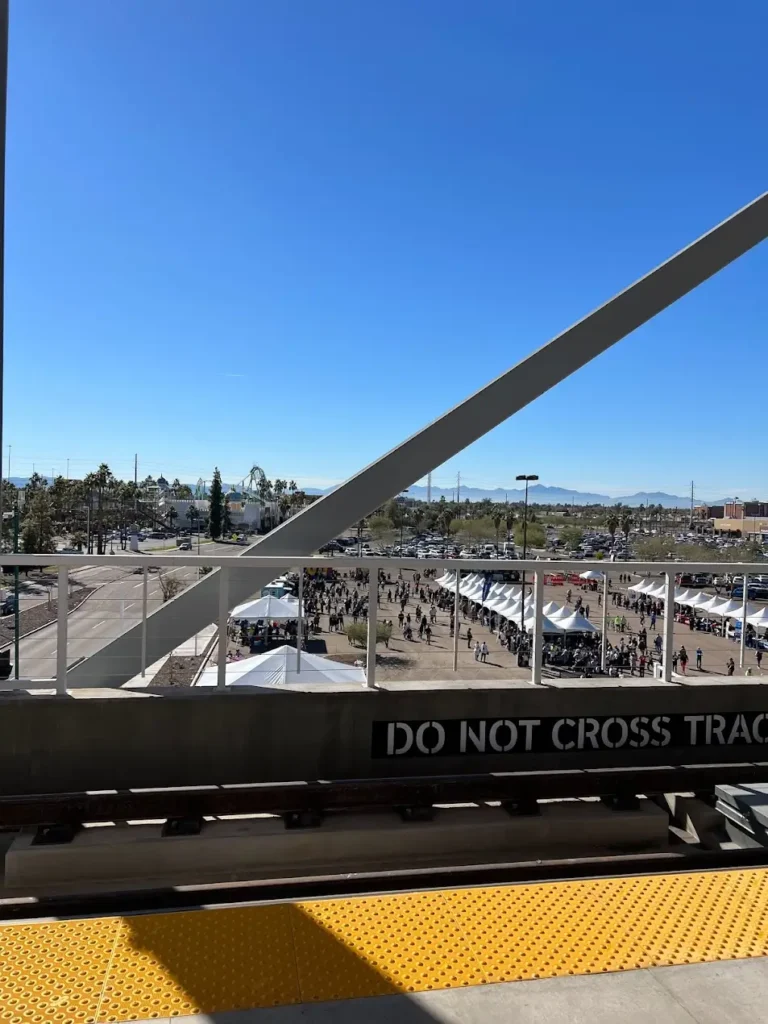
Example of a Transit-Oriented Development in the early stages of an abandon mall in Phoenix, Arizona. The light rail station finished and the planning around the stations is currently underway to make this an Transit-Oriented Development.
Examples of Transit-Oriented Development in Action
Many cities around the world have embraced TOD principles to create more sustainable and livable urban environments. Here are a few notable examples:
- Portland, Oregon: Known for its extensive light rail system and commitment to sustainable urban planning, Portland has several TOD projects that have revitalized neighborhoods and reduced car dependency. The Pearl District, once an industrial area, has been transformed into a vibrant, mixed-use neighborhood with easy access to public transit. This area now features a mix of residential units, offices, shops, and green spaces, all within a walkable environment.
- Arlington, Virginia: The Rosslyn-Ballston corridor in Arlington is a prime example of TOD. With five metro stations within two miles, the area features a mix of residential, commercial, and retail spaces, all easily accessible by public transit. This corridor has become a model for transit-oriented growth and sustainable development, showcasing how TOD can support economic growth and community vibrancy.
- Vancouver, Canada: Vancouver’s SkyTrain system has spurred the development of dense, mixed-use neighborhoods around its stations, promoting walkability and reducing the need for car travel. The city’s commitment to TOD has helped create vibrant communities with a high quality of life. Areas like Metrotown and Commercial-Broadway are excellent examples of how TOD can transform urban spaces.
- Stockholm, Sweden: Stockholm’s approach to TOD, known as “the Stockholm model,” focuses on integrating public transportation with housing, schools, and workplaces. This model has led to the development of several sustainable neighborhoods that prioritize public transit and pedestrian-friendly design. Areas like Hammarby Sjöstad exemplify how TOD can create eco-friendly and livable urban environments.
- Denver, Colorado: Denver’s Union Station is a standout example of TOD that has successfully revitalized the downtown area. The redevelopment of Union Station has transformed it into a major transit hub that integrates multiple modes of transportation, including light rail, commuter rail, buses, and bicycles. The surrounding area has seen significant growth, with new residential units, offices, shops, and public spaces emerging in a walkable, mixed-use environment.
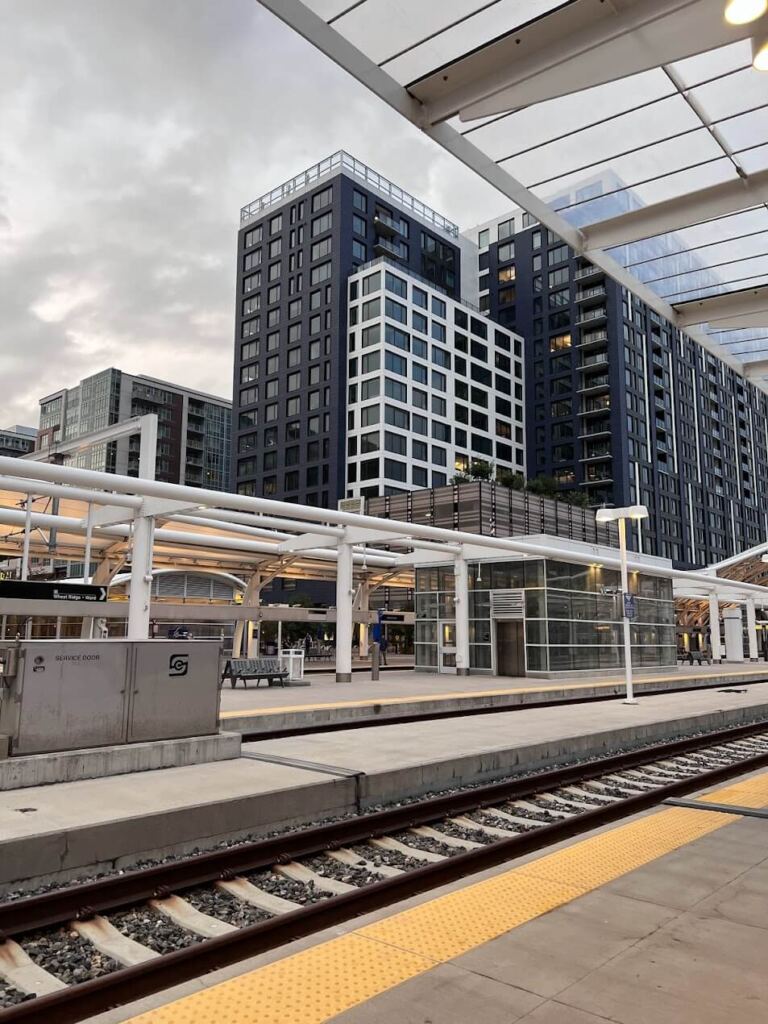
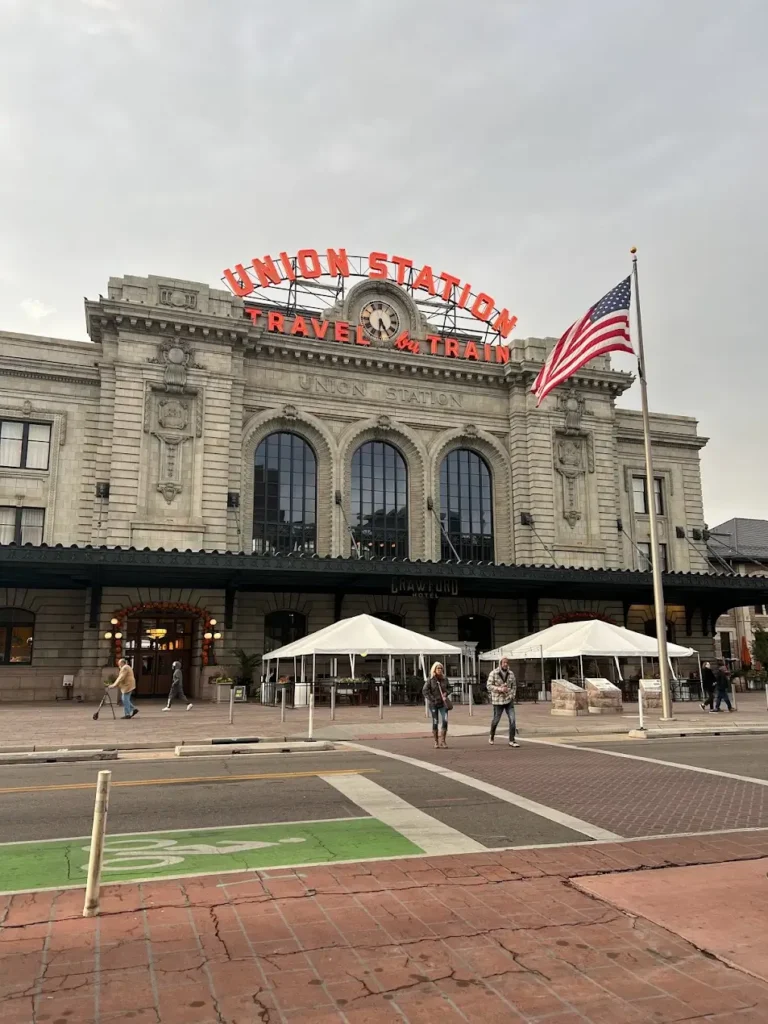
Moving Forward with Transit-Oriented Development
As cities continue to grow and evolve, Transit-Oriented Development offers a compelling framework for creating sustainable, livable urban environments. By prioritizing public transit, mixed-use development, and pedestrian-friendly design, Transit-Oriented Developmentcan help cities address some of their most pressing challenges. Here’s how we can move forward with Transit-Oriented Development:
Policy and Advocacy
To promote Transit-Oriented Development, policymakers and advocates must work together to create supportive policies and regulations. This includes zoning changes that allow for higher-density, mixed-use development around transit hubs, as well as incentives for developers to include affordable housing and community amenities in their projects.
Advocacy efforts are essential to raise public awareness and support for Transit-Oriented Development. By engaging with community groups, local businesses, and residents, advocates can build a broad base of support for Transit-Oriented Development initiatives. This can involve organizing public meetings, educational campaigns, and partnerships with local media to highlight the benefits of Transit-Oriented Development.
Investment in public transit infrastructure is also critical. Policymakers need to allocate funding for new transit lines, improvements to existing services, and maintenance to ensure reliability. Collaboration with state and federal agencies can help secure the necessary resources for these investments.
Organizations like the National Association of City Transportation Officials (NACTO) provide valuable resources and guidance on implementing Transit-Oriented Development policies. They offer best practices, case studies, and policy recommendations that can help cities navigate the complexities of Transit-Oriented Development.
Community Involvement
Community involvement is crucial for the success of Transit-Oriented Development projects. Residents and local organizations can play a key role in shaping the development process and ensuring that the project meets the needs of the community. Effective community engagement involves more than just informing residents about plans; it requires actively involving them in decision-making processes.
This can include participatory planning workshops, where community members can share their ideas and feedback on proposed developments. Tools like charrettes, public forums, and interactive maps can help facilitate these discussions and ensure that diverse voices are heard.
Community involvement also means addressing concerns about displacement and gentrification. Engaging with residents early in the planning process can help identify potential issues and develop strategies to mitigate negative impacts. For example, community land trusts and affordable housing requirements can be incorporated into Transit-Oriented Development plans to ensure that long-time residents benefit from new developments.
By participating in planning meetings, providing feedback, and advocating for Transit-Oriented Development, community members can help create more sustainable and inclusive urban environments.
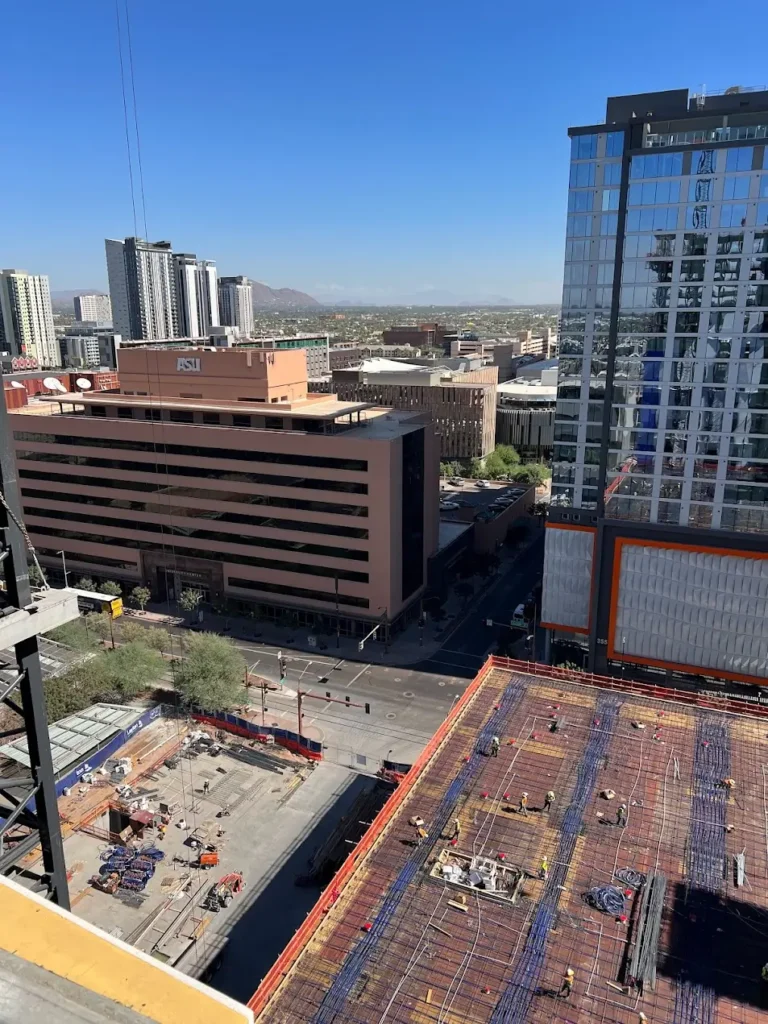
Challenges and Considerations
While Transit-Oriented Development offers many benefits, it also comes with challenges that must be addressed to ensure its success:
Affordability
One of the main challenges of Transit-Oriented Development is ensuring that housing remains affordable for all residents. High demand for housing near transit hubs can drive up property values and rents, potentially displacing low-income residents. To address this, planners and policymakers must include affordable housing options in Transit-Oriented Development projects and implement measures to prevent displacement.
Strategies for maintaining affordability include inclusionary zoning, which requires a certain percentage of new housing units to be affordable; subsidies and incentives for developers to build affordable housing; and the creation of community land trusts that keep housing prices stable over the long term. Another approach is to provide rental assistance or housing vouchers to low-income residents, helping them afford homes in Transit-Oriented Development areas.
Affordable housing can be integrated into Transit-Oriented Development through mixed-income developments, where market-rate units subsidize affordable ones. Public-private partnerships can also play a crucial role in funding and developing affordable housing. Cities like New York and San Francisco have implemented such measures to ensure that Transit-Oriented Development benefits residents across all income levels.
The National Low Income Housing Coalition provides resources and advocacy tools for addressing housing affordability in Transit-Oriented Development.
Gentrification
Closely related to affordability is the issue of gentrification. While Transit-Oriented Development can revitalize neighborhoods, it can also lead to the displacement of long-time residents and businesses. Strategies such as community land trusts, rent control, and inclusive zoning can help mitigate the negative effects of gentrification.
Community land trusts allow communities to collectively own and manage land, ensuring that it remains affordable and accessible. Rent control policies can help protect existing tenants from steep rent increases. Inclusive zoning can require that a certain percentage of new developments be set aside for low- and moderate-income residents.
Moreover, involving the community in the planning process can help identify potential gentrification risks early and develop targeted strategies to address them. Community benefits agreements (CBAs) are another tool that can ensure that new developments provide tangible benefits to existing residents, such as job training programs, local hiring commitments, and affordable housing units.
Read about strategies to combat gentrification in Transit-Oriented Development at the Urban Displacement Project.
Infrastructure Investment
Successful Transit-Oriented Development requires significant investment in public transit infrastructure. This includes building new transit lines, upgrading existing ones, and ensuring that transit services are frequent and reliable. Securing funding for these investments can be challenging, but it is essential for the long-term success of Transit-Oriented Development.
Public-private partnerships can be an effective way to fund transit infrastructure. By collaborating with private developers and investors, cities can leverage additional resources and expertise to build and maintain high-quality transit systems. Additionally, innovative financing mechanisms, such as value capture and tax increment financing, can help generate revenue for transit projects.
Value capture strategies, for example, involve taxing the increased property values and economic activity generated by new transit infrastructure to fund further improvements. Similarly, tax increment financing uses future gains in taxes to subsidize current public infrastructure projects. Cities like Denver and Chicago have successfully employed these methods to fund major transit expansions.
The Federal Transit Administration (FTA) offers funding programs and resources for transit infrastructure investment.
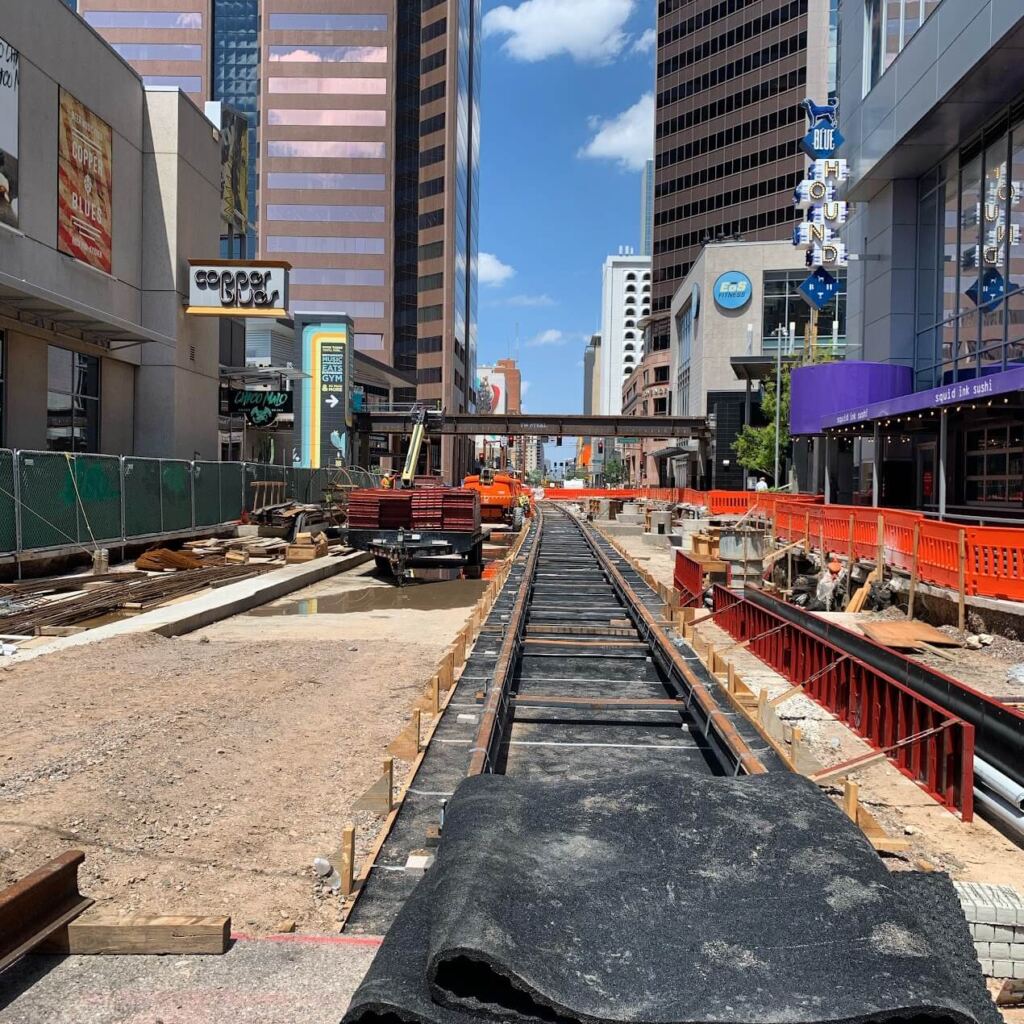
Coordination and Collaboration
Effective Transit-Oriented Development requires coordination and collaboration among various stakeholders, including government agencies, transit authorities, developers, and community groups. Building strong partnerships and fostering open communication are critical for overcoming challenges and ensuring the success of Transit-Oriented Development projects.
Regular meetings, joint planning sessions, and collaborative frameworks can help align the goals and actions of different stakeholders. Establishing clear roles and responsibilities, as well as mechanisms for conflict resolution, can facilitate smoother project implementation.
One effective approach is the creation of Transit-Oriented Development task forces or working groups that include representatives from all relevant sectors. These groups can oversee the planning and implementation of Transit-Oriented Development projects, ensuring that all voices are heard and that projects meet the community’s needs.
For resources on stakeholder collaboration in Transit-Oriented Development, visit the Institute for Transportation and Development Policy (ITDP).
Final Thoughts
Transit-Oriented Development is more than just a buzzword; it’s a powerful tool for shaping the future of our cities. By understanding and embracing Transit-Oriented Development principles, we can help create urban environments that are vibrant, sustainable, and equitable.
As urbanists, we should advocate for and support Transit-Oriented Development initiatives in our communities. Here are some ways you can get involved:
- Participate in Local Planning Meetings: Stay informed about upcoming Transit-Oriented Development projects in your area and attend public meetings to voice your support and provide feedback.
- Support Policies that Promote TOD: Advocate for zoning changes, funding for public transit, and affordable housing initiatives that align with Transit-Oriented Development principles.
- Engage with Community Groups: Join or form local groups that advocate for Transit-Oriented Development and sustainable urban planning. Collaborate with other residents to raise awareness and build support for Transit-Oriented Development initiatives.
- Educate Others: Share information about the benefits of Transit-Oriented Development with friends, family, and neighbors. The more people understand and support Transit-Oriented Development, the more successful these projects will be.
By taking these steps, we can all contribute to creating better cities for everyone.
Check out my video on Transit-Oriented Development!
Thank you for joining me on this journey through the world of urbanism. Stay tuned for the next installment of Urbanism Declassified, where we’ll continue to explore the fascinating concepts that shape our cities and communities.
